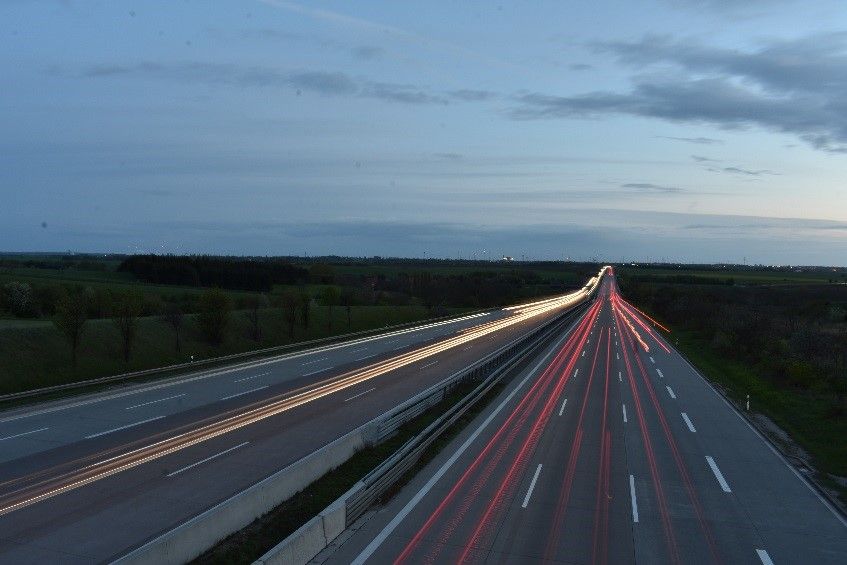-
Partner Services
- Curriculum Design & Development
- Faculty Development
- Instructor Staffing Services
-
Case Studies
- Colleges and Universities
- Columbus Council on World Affairs
- Nationwide
- Ohio Society of CPAs
- Supreme Court of Ohio Judicial College
- Degrees & Certificates
-
About Us
- Our Team
- Blog Archive
Categories
Authors
Archived Articles

The Workflow of Workflow
Have you ever heard the Lewis Carroll quote, “If you don’t know where you are going, any road will get you there”? While it is true that not all who wander are lost, you shouldn’t completely forgo solid plans. Where do you start, though? With a cheat sheet, of course!
In my experience, it works well to think with the end in mind. What I mean is, picture in your mind’s eye, what would the end result look like in a perfect world? Write that down. Circle it if you would like to keep focus on it. Now, we need to work backwards from that. We also need to consider if there are other stakeholders that need to be involved to make the process viable based on the bare bones concept being considered.
Now we are ready to think workflow, but did you know there’s a difference between a workflow and a process? A workflow is part of a process, sure, but not always a complete process. It is a common mistake to assume that a workflow is a process and a process is a workflow. A workflow is the modeling of the process.
To begin, we need to know what we’re starting and ending with and fill in the gaps in the middle with what little details we need to have happen. Visio is the tool that I adore for all things flowchart. Did you know that each little shape actually holds a different meaning? For example, the oval signifies the beginning and the end, the diamond is a decision point, and the rectangle represents a process.

One thing that I have learned in my many years working in project coordination is that it is never too early to start creating the flowchart, and it is never too late to revise it. Taking care to ensure that all of the key players are reflected correctly is important to do along with the tasks.
Even though the modern version of workflows can be traced back to the 1800s, with my own workflows, I can be creative with colors, fonts, and backgrounds to let my personality show through a tiny bit, but they still tell the story of what is happening, when, and with whom. In the end, workflows are just that simple—who, what, and when. Without those pertinent pieces, what would be the point?
A well-written workflow is a masterpiece of shapes, a symphony of lines, or a beautiful work of art in its entirety. There are many ways to sit and contemplate a complex process, but the easiest way is in a big poufy bean bag chair. I’m kidding—it is to draw it out on paper. Draw arrows. Erase arrows. Consider your team and the players involved. Change colors and fonts. It’s okay—just tell your co-workers that it is part of your creative process!
Do you think you can streamline your tasks to make them faster? I challenge you to sit down and create a workflow for what you are working on right now. What can be automated? What detracts from what you’re working towards? This is how to define your roadblocks and how to solve to overcome them.
About the author:
Jeannie Black is the Adjunct Services and Credentialing Coordinator at Franklin University. She has worn many hats over her career with a few Fortune 50 companies. She has a Bachelor of Arts in Communication, a Master of Business Administration specializing in project management, and a few Lean Six Sigma certifications. Jeannie is currently working towards a Doctor of Business Administration specializing in Project Management degree and Project Management Professional Certification.
About the Author
Jeannie BlackBefore arriving at Franklin University, Jeannie wore many hats – editor, data analyst, and project coordinator to name a few, but the love of being a student persists.
Copyright 2025 Franklin University